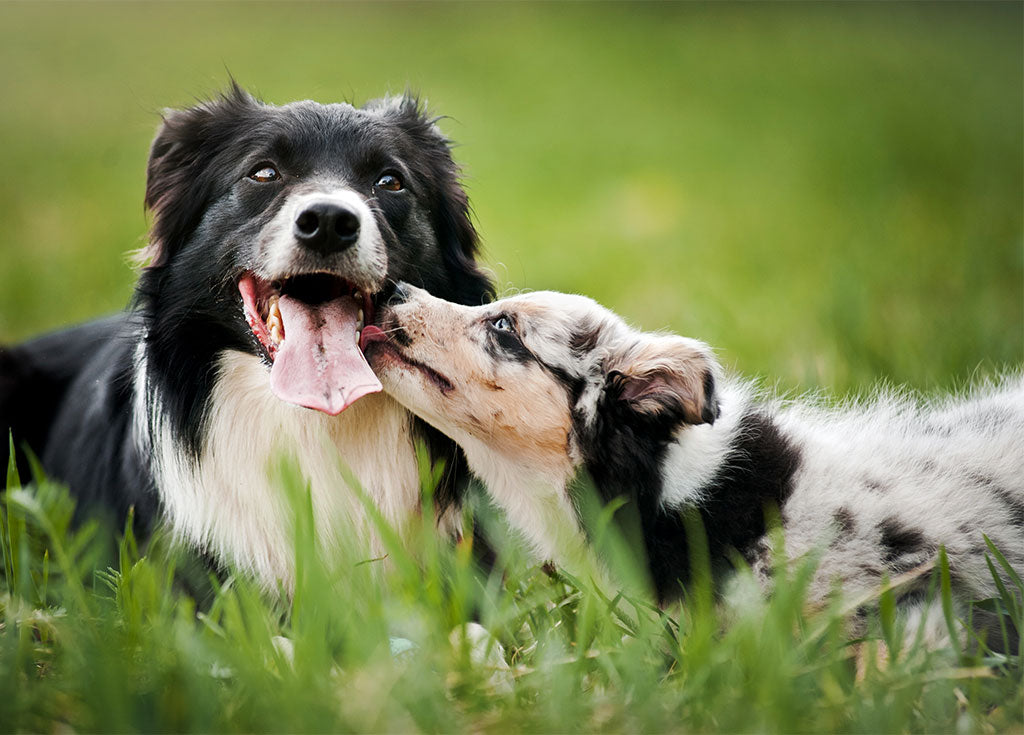
6 Tips For Introducing A New Puppy To Your Older Dog
Bringing home a new pup can be an exciting time, though it can also be stressful for your older dog. Introducing a new puppy to an older dog is a delicate process. Your new young pup does not yet understand navigating the world as your older one does. Introducing these pets to each other requires a lot of patience, pet friendly resources and meticulous planning. It is essential to take the right steps to ensure a smooth and peaceful transition for both dogs.
- Prepare your Home
Before bringing the new puppy home, it is crucial to make some preparations. Create a safe and comfortable space for the new pup. This can include a crate or bed. Also, keep their food and water bowls separate from the older dog's. Ensure that the puppy has its toys and bedding, and puppy-proof your home, so they do not get into anything dangerous.
- Gradual Introduction
Introduce the dogs gradually to each other. Start with allowing them to sniff each other from a distance or through a gate. Keep the puppy on a leash during these initial meetings, and always supervise them to ensure that they do not get into a fight. The first few meetings should be brief to prevent any aggressive behavior.
- Separate Time and Space
It is crucial to give each dog separate time and space. Your older dog might feel territorial and protective of their space, so it is essential to give them their own time and place to relax. You can separate them by using baby gates or by placing the puppy in a separate room with their crate.
- Positive Reinforcement
Encourage positive behavior by using treats and praise to reward both dogs when they interact with each other calmly and friendly. Positive reinforcement can help reinforce good behavior and make both dogs feel more comfortable around each other.
- Supervision
Never leave the dogs alone together unsupervised. This is especially crucial during the first few days or weeks. Dogs are territorial animals. Ensuring they do not get into a fight is crucial. This can result in injury or worse.
- Patience
Lastly, be patient. It takes time for canines to adjust to each other's presence. It is vital not to rush the process. Some pups might take a short time to warm up to each other. Others might take longer. Do not give up on them and stay positive. They will ultimately learn to coexist or even become good buddies.
The Bottom Line
Introducing a new puppy to your older dog can be a challenging task. However, it can be a smooth and successful transition with the right steps. Be patient, encourage positive behavior, and always supervise them. Remain calm during the entire exercise, as dogs can sense tension which can stress them. During the introduction, your pup will be taking your emotions into account. Also, ensure their vaccinations are up-to-date. Your dogs will soon be the best of friends with a little patience and some training.



